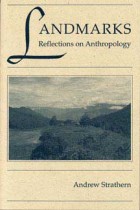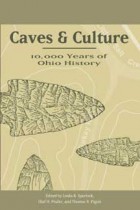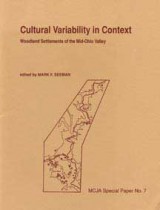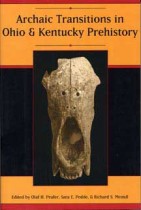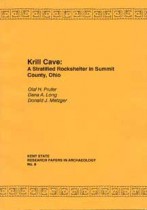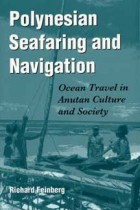Polynesian Oral Traditions
Richard Feinberg | Filed under: Archeology & Anthropology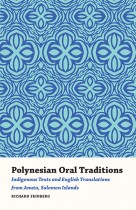
Anuta, a small Polynesian community in the eastern Solomon Islands, has had minimal contact with outside cultural forces. Even at the start of the 21st century, it remains one of the most traditional and isolated islands in the insular Pacific. In Polynesian Oral Traditions, Richard Feinberg offers a window into this fascinating and relatively unfamiliar culture through a collection of Anutan historical narratives, including indigenous texts and English translations.




